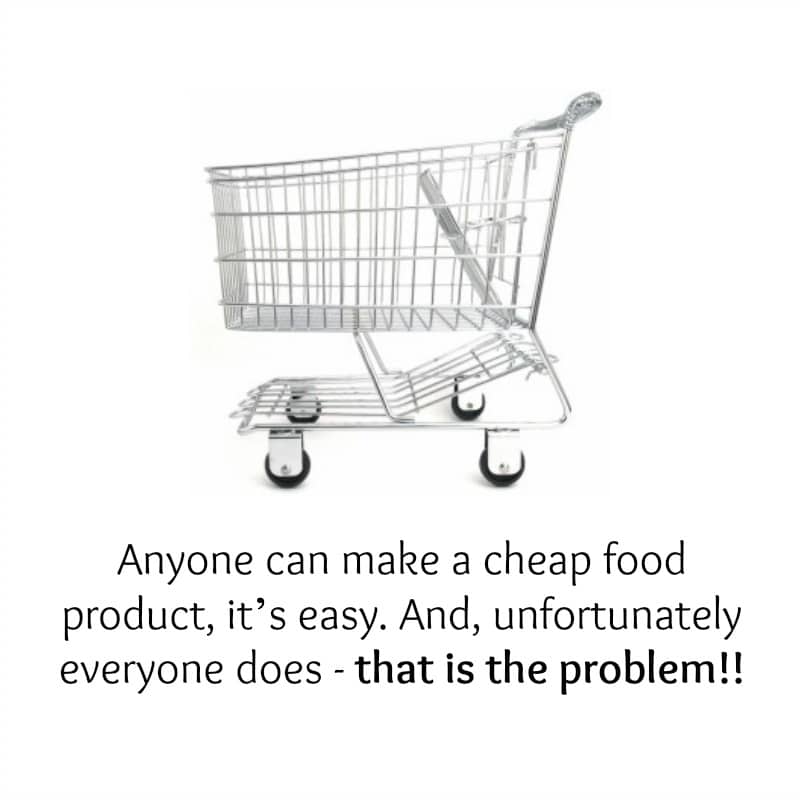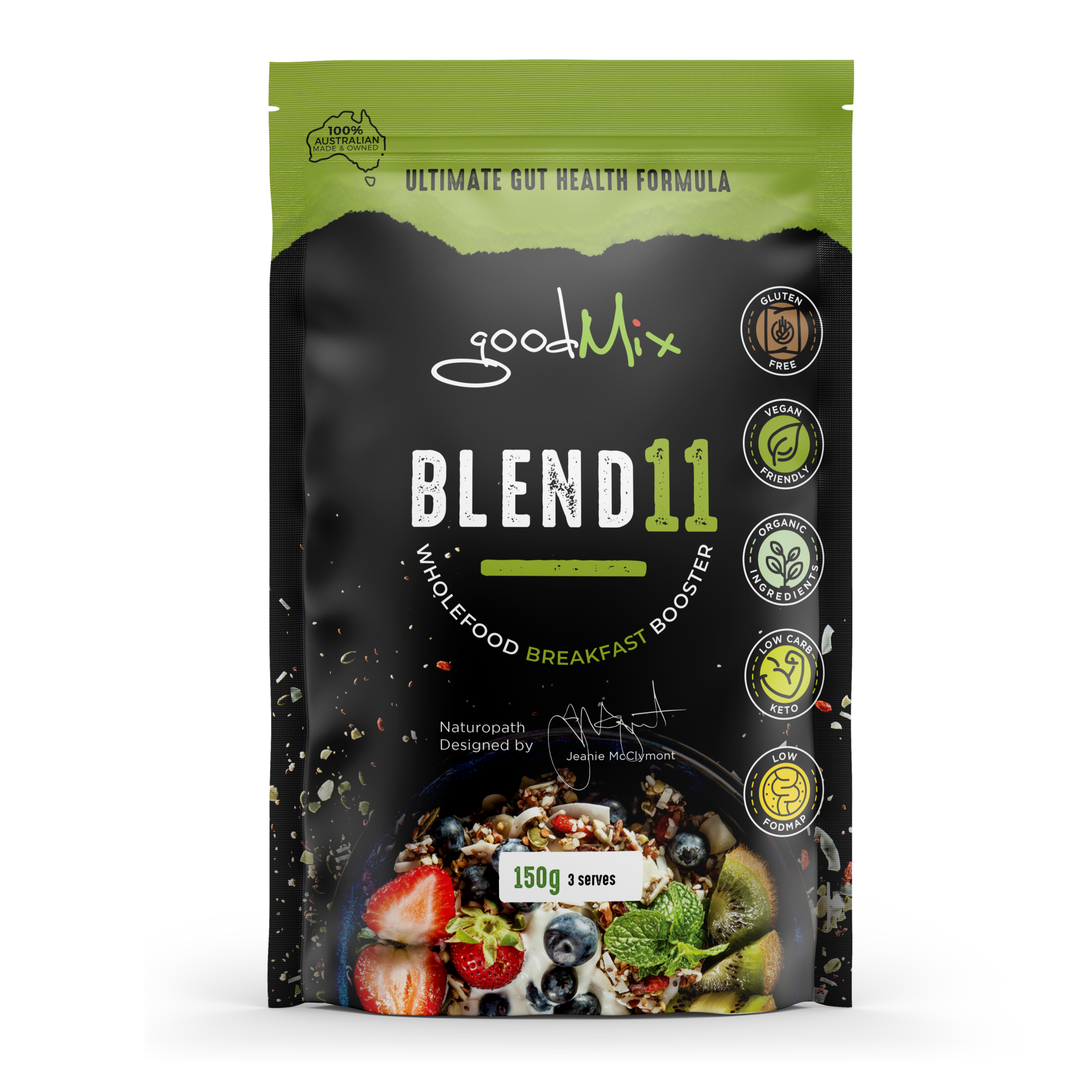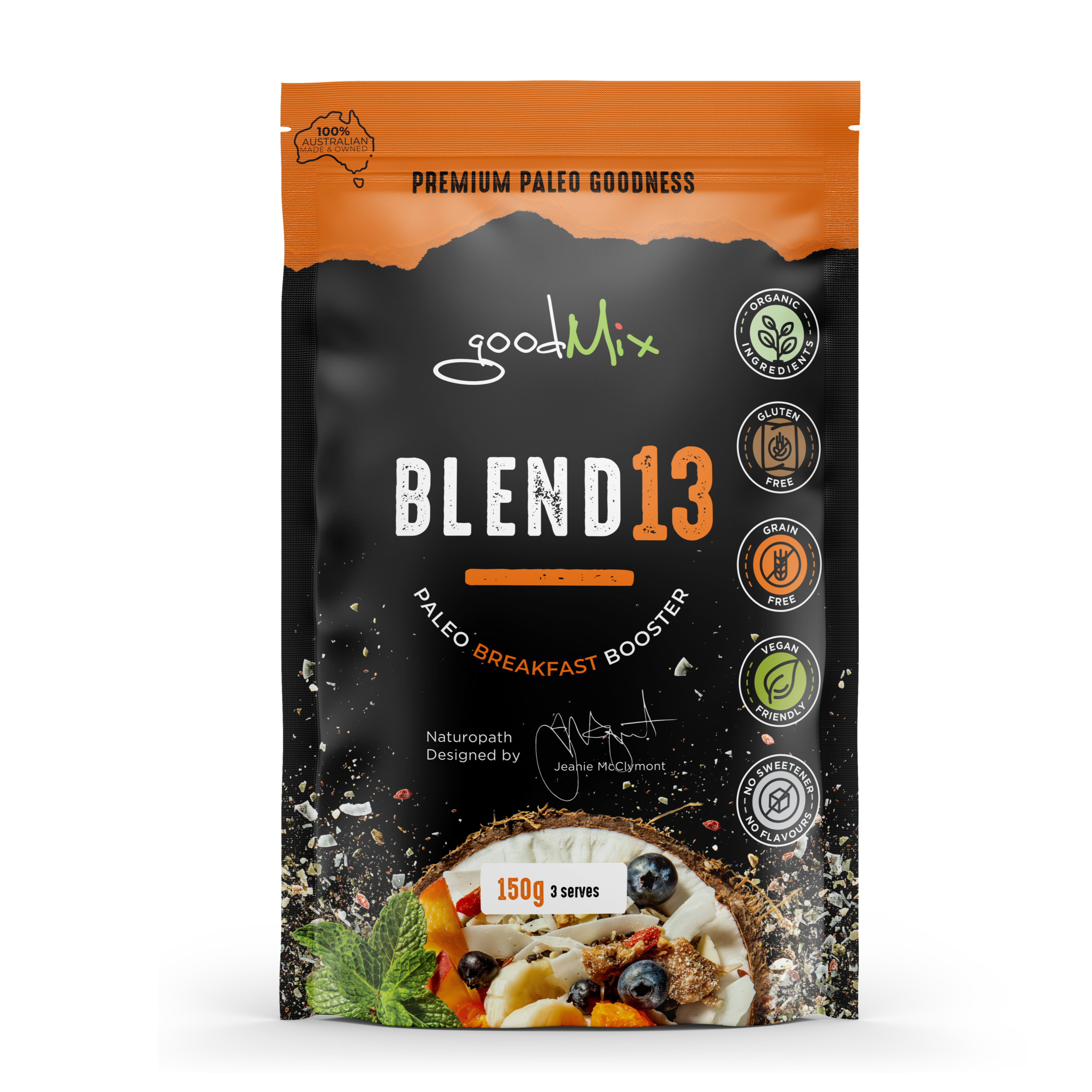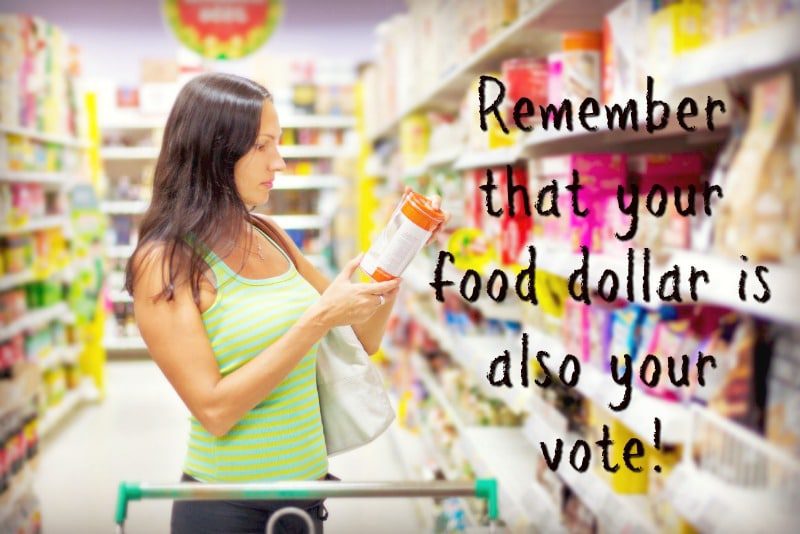
Your Food Dollar
“Your products are really expensive.”
I get reminded of this often at markets by people who are unfamiliar with them. YES, it's true - our products are ‘really expensive’…compared to much of the other food that is out there on the shelves - I know, & I'm quite proud of it.
Anyone can make a cheap food product, it’s pretty easy. Unfortunately, in this day & age - everyone does - which is a problem!! We have sooo many cheap food products available to us, & they make real, nutritious, quality food seem comparatively very expensive.
We modern consumers have been conditioned to think that food should be ‘cheap’, & that the ultimate grocery-shopping goal is to walk out of the supermarket with a big trolley-full & have spent the least amount of dollars possible for it. In part I agree - I love that feeling of ‘wow - I got value today, I spent the family food-dollars wisely’. But (& this is a big but), I also have a few other ways in which I measure ‘value’.
I think about the nutritional value & overall positive impact for my body vs the overall negative impact too:
The thought process might go…
- Dark chocolate. Hmmm, what's the benefit here? It provides some useful polyphenol antioxidants, minerals, & tastes amazing (makes me happy as a treat with some nuts / fruit / red wine), & it’s on special for $2.50 a block. But there's also a bit of sugar…hmmm. There are some nutritional benefits, a great price, plus a relatively small negative. Ok - I’ll get one this week.
- Next…box of kids cereal…$7.95 for 800g. Ok…so if I buy this, it will likely give my kids 8 breakfast serves, for approx $1 each. But serves of what? What benefit do they get from a serve of cereal for the $1 I’m paying per serve? Look at the nutritional panel…hmmm 32% sugar…that’s about 8 teaspoons of sugar per 100g serve…& the cereal is made from mostly refined grains (flour) that will provide nothing useful. I know there is no real nutrient value there…so effectively, my $1 gets exchanged for a ‘loss’, as the kids will derive almost no nutritional benefit from the food when they eat it - plus they will consume a whopping 8 teaspoons of sugar in one sitting, with a few artificial additives to boot. No real nutritional point to this food, plus loads of downside…overall, not a very smart investment for the kids health - though it does seem ‘cheap’ per serve. Keep walking.
- A packet of almonds - whoa, $16 per kg! That seems like an expensive bag with a relatively small amount of stuff in it. So…nutritionally…the almonds will provide protein, beneficial fats, fibre, vitamins, minerals…they are packed with useful stuff, & they contain no sugars or artificials, no added nasties…so not bad, the kids will eat a handful or 2 then be full - so overall a 100g serve will give them a heap nutritionally, with not much downside…works out good value then - the food dollar is exchanged for something worthwhile.
- Plain crackers with 'all natural ingredients' $1.80 per packet! Bargain!! Yes & no...you are paying $1.80 for a product with close to zero nutrient value, just a heap of empty carbs (a loss really), BUT...this purchase does have potential. Check to make sure the ingredients are all really 100% natural, & buy some quality ingredients to make a super-nutritious dip or spread to go with them. Use the nutrient-dead cracker as a carrier for something really great, like homemade guacamole, hommous, salsa, sweet potato dip, nut butter, beetroot dip...if crackers get into your trolley, make sure they are covered in something really nutritious before going into anybody's belly - or there is no point having them! I see so many little kids 'living' on crackers because they are cheap & easy. Maybe for a while - but health issues caused by nutrient deficiencies are neither cheap nor easy to deal with!
So you get the idea of measuring the true ‘value’ you get from food by looking at the nutritional benefits per...$ spent, vs simply measuring the amount of serves in a pack vs dollars spent.Completely different equations, which will greatly influence your food purchases. But you need to first be aware of the nutritional basics to think this way. If only the little tag on the supermarket shelf under each product could give a nutritional rating per 100g!
I’m sure it will come soon, but until then - it is up to you (esp if you are a parent) to do some research, do a course, read a few books on the subject of nutrition. Of course, the companies selling the food products are going to tell you it’s fine to eat mountains of it, but you cannot rely on them as a source of nutritional information!!
If you are making the mistake of just trusting what is on the supermarket shelves to be suitable for humans to eat, you need to expect poor results with your health, as you are probably exchanging many of your food dollars for very well priced bags of…nothing worthwhile nutritionally, with some major drawbacks. You might have a few notes left in your wallet - but what kind of nutritional debt are you getting yourself into? And what is most important at the end of the day - your health, or your bank balance? Ask a rich man who is dying in hospital from diet-related disease!
With each dollar you spend...
It's either valuable nutrients to support your health, growth, detoxification & healing....or....it's cheap empty calories & to support nothing but disease, obesity, disorder & imbalance.
Change your mentality around your food dollar. We have all been conditioned to look for 'value' in a package of food...but is your definition of value 'how many times it will make us feel full' or 'how much useful stuff' our body can gain from a serve?




